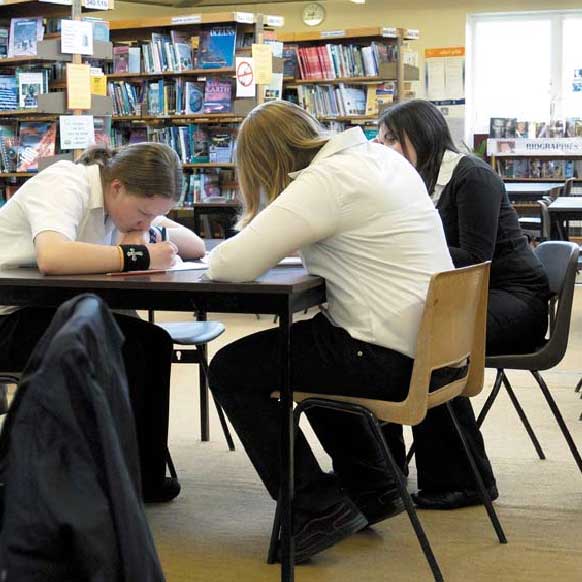
Sean McDougall argues that sitting comfortably really can make the difference to the way we learn in schools.
Sometimes the most amazing thoughts strike in the strangest of places. Archimedes had his Eureka moment in the bath. Newton had his sitting under an apple tree. Now I'm having one. I'm sat in an airplane somewhere over the Gobi desert and all I can think of is how, from a child's perspective, schools and airplanes are much the same.
Think about it. I arrived at a time decided by others rather than me. I had a list of prohibited articles that I could not take through the security cordon (the school gates). I ate at the same time as everyone else. I took my place at a pre-assigned seat where, unable to escape, I concentrated mostly on the sense of discomfort that the seat was giving me. Airplane seats seem to be designed solely around squeezing people in and keeping prices low. I find myself thinking that this is also true of the furniture we choose for schools.
The early Victorians, who invented our approach to schools, didn’t have petroleum based plastic, extruded metals, injection mouldings and production lines. Indeed, when they began to expand access to education, they were still an agrarian society. Children were given time off at Easter and summer to help with planting and harvesting. Freed from the constraints of mass manufacture, unit profits and re-sale, their furniture was optimised around factors like utility, comfort, lifespan and waste-reduction. It was a sustainable approach and it was also, in terms of ergonomics, much more advanced than our own.
There is no animal on Earth that chooses to sit with a straight back, a right-angled bend at the hips and a right-angled bend at the knee. The only reason why we do it is because it makes it cheaper to produce and transport furniture. 160 years ago, furniture was designed around what is actually going on in your back as you sit. A higher seating base was used – one that has a sixty degree bend at the knee, much as one would have while sitting on a horse. This allows the leg to take some of the weight of the body (which is what they are designed to do) and relieves pressure on the lower back, which is otherwise unnaturally bent and placed under the weight of the whole upper body.